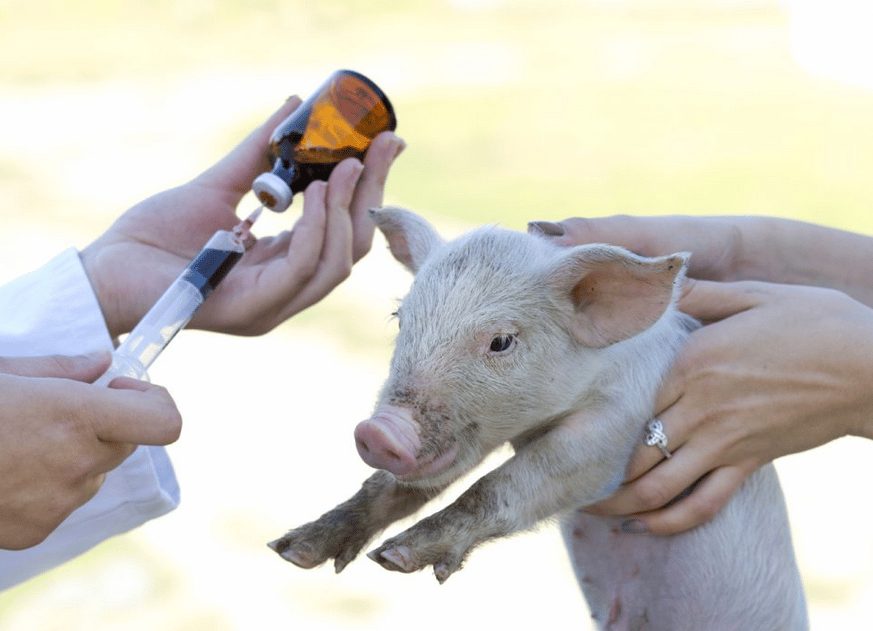Source: Treena Hein, Pig Progress, 12 March 2021, photo credit: iStock Photo/UConn Today
In the United States, the usage of medically important antimicrobials on swine farms dropped to historical lows after a major directive came into effect in 2017. It is expected that new health-related on-farm technologies and alternative therapies will help it stay there.
Along with the swine industries in other countries, the US swine sector has taken serious steps to decrease the use of medically important antimicrobials (MIA). One big step came on 1 January 2017 when the Veterinary Feed Directive (VFD) came into effect, providing veterinarians across the country with a framework for authorising MIA use in feed. In addition, US pork producers use a programme called PQA Plus to help them manage antibiotic use, reinforced by the National Pork Producers Council in its Pork Industry Guide to Responsible Antibiotic Use.
Because of these initiatives, MIAs sold in the US for pigs (in terms of active drug ingredients purchased and given orally or by injection) dropped from 3.1 million kg in 2016 to 2.0 in 2017. That became clear from the Annual Summary Report on antimicrobials sold for use in food-producing animals: key findings for swine producers, which was released in late 2020. This report by Michigan State University authors builds on the annual summary report by the US Food and Drug Administration (FDA), which was released in 2019, analysing data from 2018.
Read more
The South African Pork Producers’ Organisation (SAPPO) coordinates industry interventions and collaboratively manages risks in the value chain to enable the sustainability and profitability of pork producers in South Africa.







